Working backwards to uproot anxiety
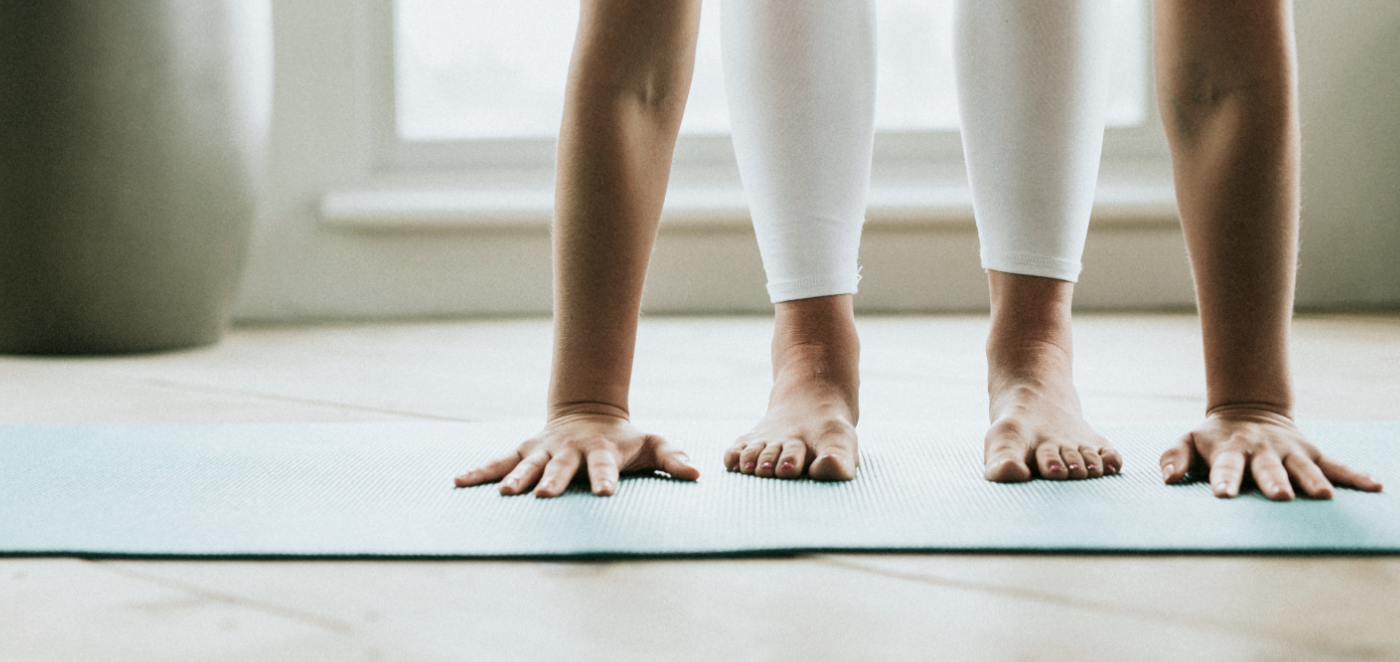

Last spring, we had ants. I really, really didn’t want to kill them, so we had to be one step ahead of them. First, I had to figure out where they were going and work backwards from there. I tried to use different oils and powders to divert the ants from their path toward the compost bin. It became quite a puzzle to solve – predicting their reroute and sending them in the opposite direction.
Whenever I’m puzzled, I think of the ants and try to work backwards from the metaphorical compost bin. With the puzzlement of anxiety, the compost bin represents a big trashcan full of rapid breathing, darting eyes, vision changes, shakiness, postural imbalance and a general upregulation of the sympathetic nervous system.
Just like the yogis were very wise to develop practices that mimic what would naturally take place when we’re calm and at rest, we can look toward that compost bin and work backwards.
If anxiety = faster breath, then slower breath = calm. It’s a simple formula we can use with each aspect of anxiety.
There seems to be a visual component in anxiety, which explains why standing in Tadasana (Mountain pose) with eyes closed feels so much more calming than eyes open, and why it’s important to have a soft Drishti (focused gaze) if the eyes are open. Try it out next time you’re in Tadasana. Feel yourself looking outward from the outer eyes themselves and really try to look out. Notice how that feels compared to softening around the outer eyes and looking outward as if from inside of yourself, letting the world come in rather than straining to see out.
With anxiety, we rely on our vision for balance rather than our ability to feel. Our proprioception and interoception take a back seat. Yoga inherently improves our ability to feel what’s happening in our bodies, but we can enhance this even more by focusing on feeling the body in space (proprioception). We do that by sensing the feet on the ground, feeling the stretch or sensing contact between body and ground. Focusing on the goings-on inside the body (interoception) can also be helpful; we can feel the heartbeat, the sensation of hunger, listen for gurgling and, of course, notice the breath.
If anxiety negatively impacts our postural control and balance, then we can work on improving our postural control and balance within a yoga class to reduce anxiety. Balance poses like Vrksasana (Tree pose) or Garudasana (Eagle pose) are not only used to enhance the physicality of balancing; they also help calm one of the most well-known fears, the fear of falling. The more we practice balancing and start to feel empowered and encouraged, the less fear of falling there will be. Even walking through a yoga studio space, navigating and moving around yoga mats and props can help someone with their spatial map, which is something else affected by anxiety.
Anxiety can also cause us to feel other-than, separate and isolated. The social aspect of sharing in a community, whether the yoga class is in-person or over Zoom, is a way to work with a feeling of belonging. Seeing familiar faces and ensuring there’s time at the beginning or at the end of class for folks to socialize fuels that feeling of connection. I’ve even taken classes where the teacher has asked us to begin by partnering up to briefly discuss a short topic from yogic philosophy or something related to the theme of class that day, and it’s always made me feel more welcomed and part of the whole.
Anxiety upregulates the nervous system, which means we get a spike in stress hormones, and the body gets ready to act. Chanting, singing and humming increase vagal tone, which is calming to the nervous system. Laughter has a similar effect, making an even stronger case for Laughter Yoga.
Now, back to slowing down the breathing. This time-tested idea has profound effects on the health of our cardiovascular, respiratory and nervous systems. Including a breathing practice that involves slowing down the breath, especially the exhale, can be the diversion that has the most immediate effect for folks experiencing anxiety. It can be as simple as thinking of breathing out through a straw or through “ooo” shaped lips, as if cooling off a hot cup of tea. Or you can use a count along with the breath like the famous box breathing (inhaling for 4, hold the breath in for 4, exhaling for 4, hold the breath out for 4) or a version of the extended exhalation (eventually exhaling for twice as long as inhaling). Not only is this a gift within yoga practice, but it’s also something students can learn to practice on their own when they need it during the day.
Just like those ants that completely overwhelmed me when they appeared, anxiety is a puzzle that doesn’t keep to a straight line. I’ve stored the oils and powders I’ll need if the ants show up again, just like we can store the practices and tools that help divert the uninvited visitor of anxiety, and when it shows up again, we just work backwards.
Read more of Alison’s posts on anxiety >
Check out Alison’s Real-Life Case Studies video series, available exclusively to Sequence Wiz members. Learn more about Case Studies at Sequence Wiz >)
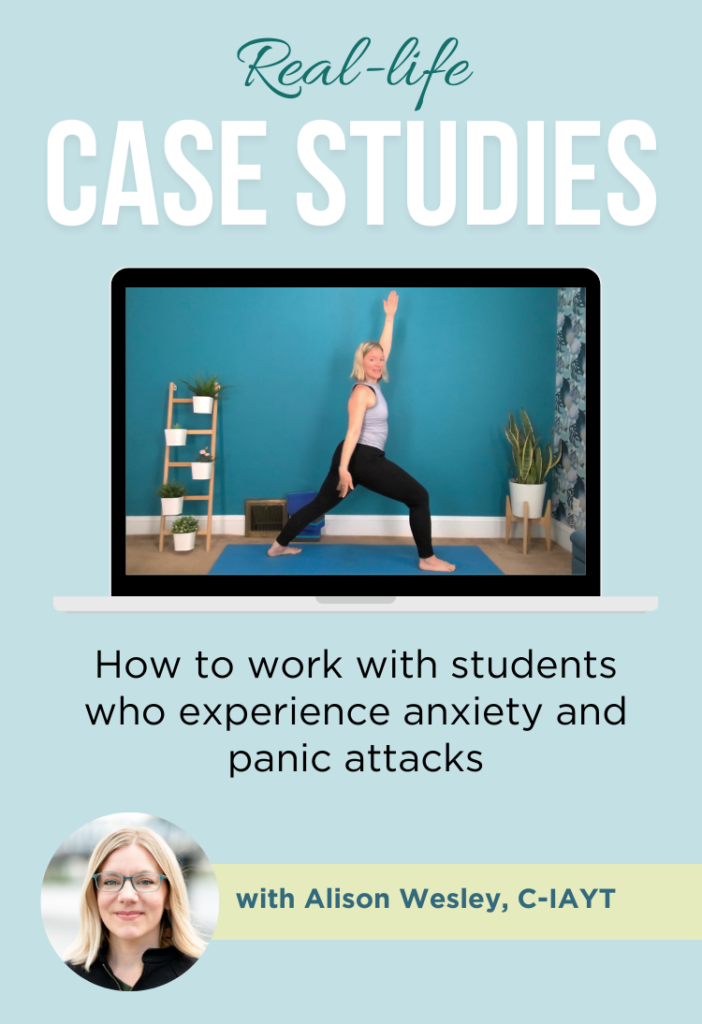
Part 1: What questions to ask about anxiety and panic attacks
Part 2: Using a story and movement to embody fierceness and strength
Part 3: Using flow and mantra to deal with anxiety and panic attacks
Part 4: Using restorative practice and yoga nidra to address anxiety and panic attacks
+ Virtual Event: A chat with Alison Wesley about collective and personal anxiety and how to support the students who experience it
About Alison
Alison Wesley is a Faculty Franklin Method Educator and Registered Yoga Teacher/Therapist in Portland, OR. She started Working with Yoga in 2008 (now Movement at Work) as a way to reach folks who might not be going to studios/gyms, making movement accessible where and when people work. She designed and leads mobility classes for back care at Rebound Physical Therapy and has a therapeutic movement video series called ThrUMovement. Along with geeking out about movement, anatomy, and mental training, Alison kickboxes with her father, plays music with her husband, spends hours trying to train her two German Shepherds, dances salsa, and will endlessly be studying Spanish.


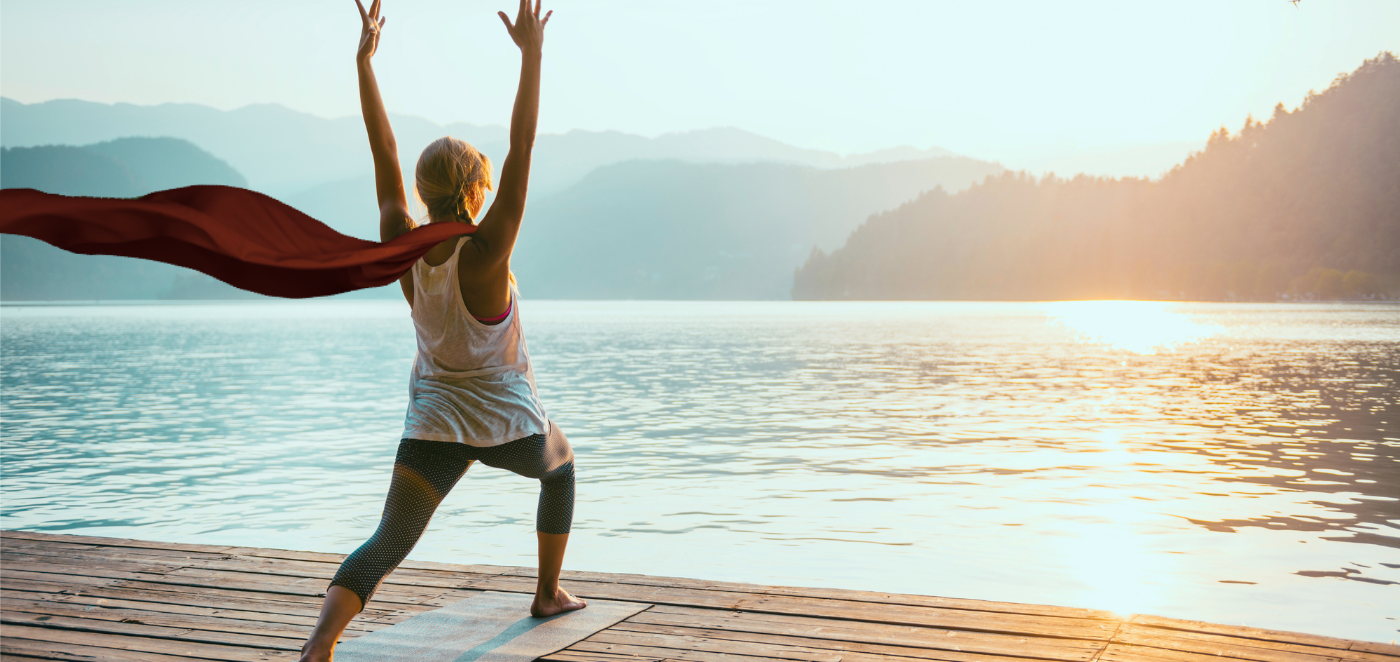
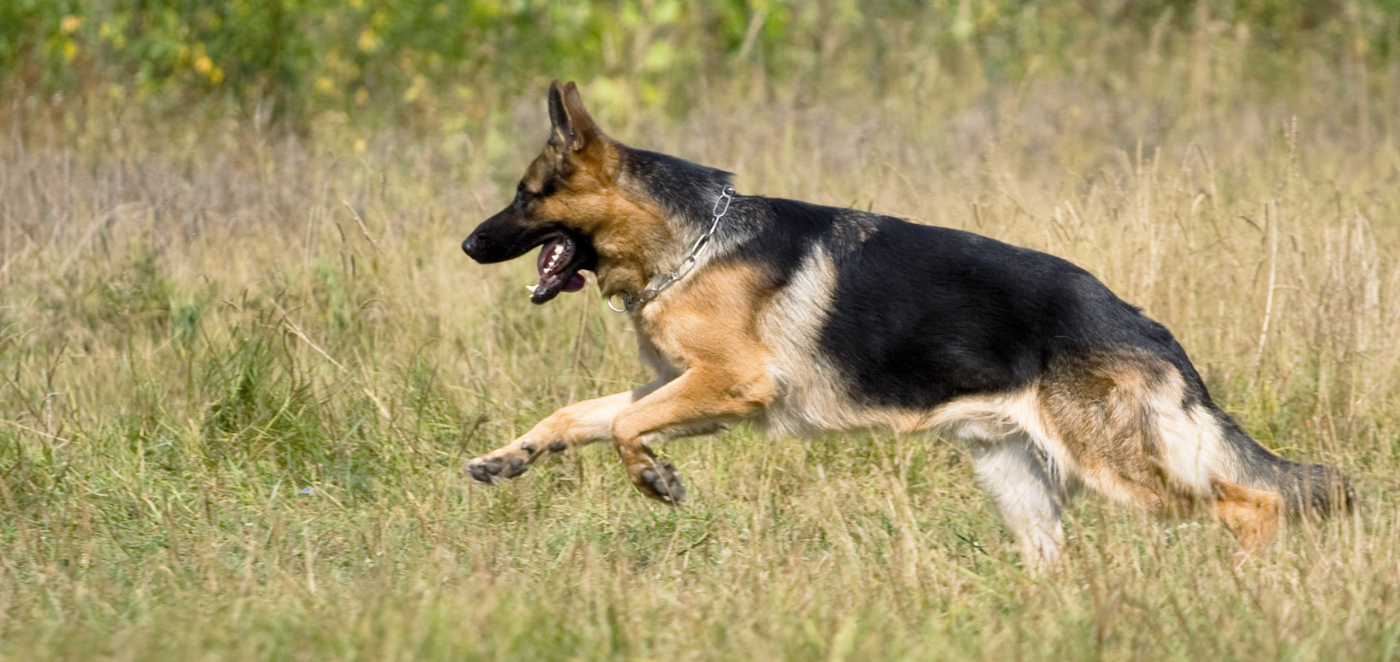
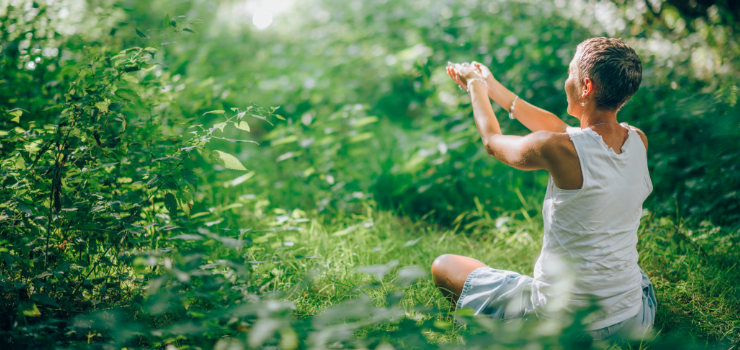

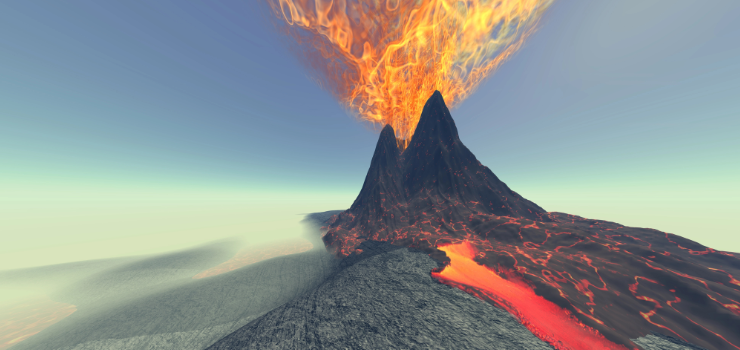
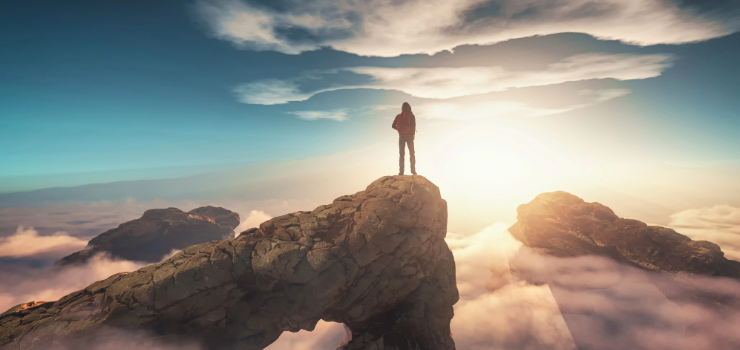
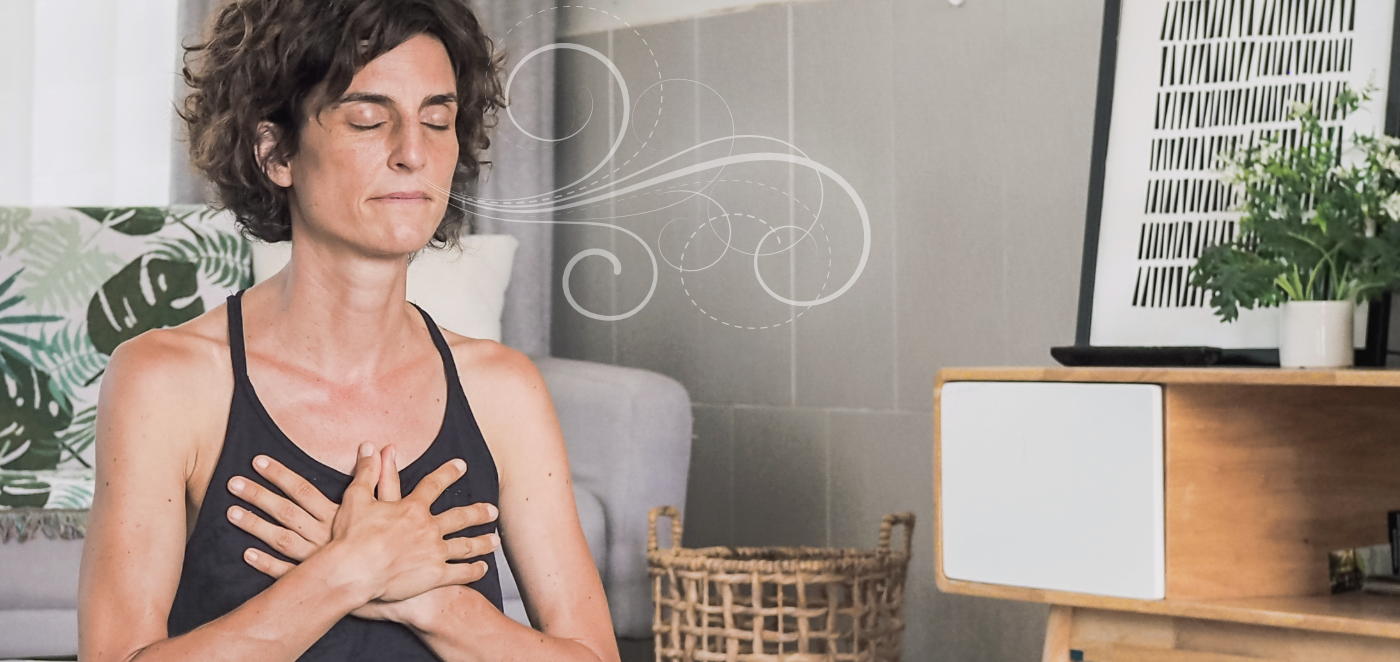
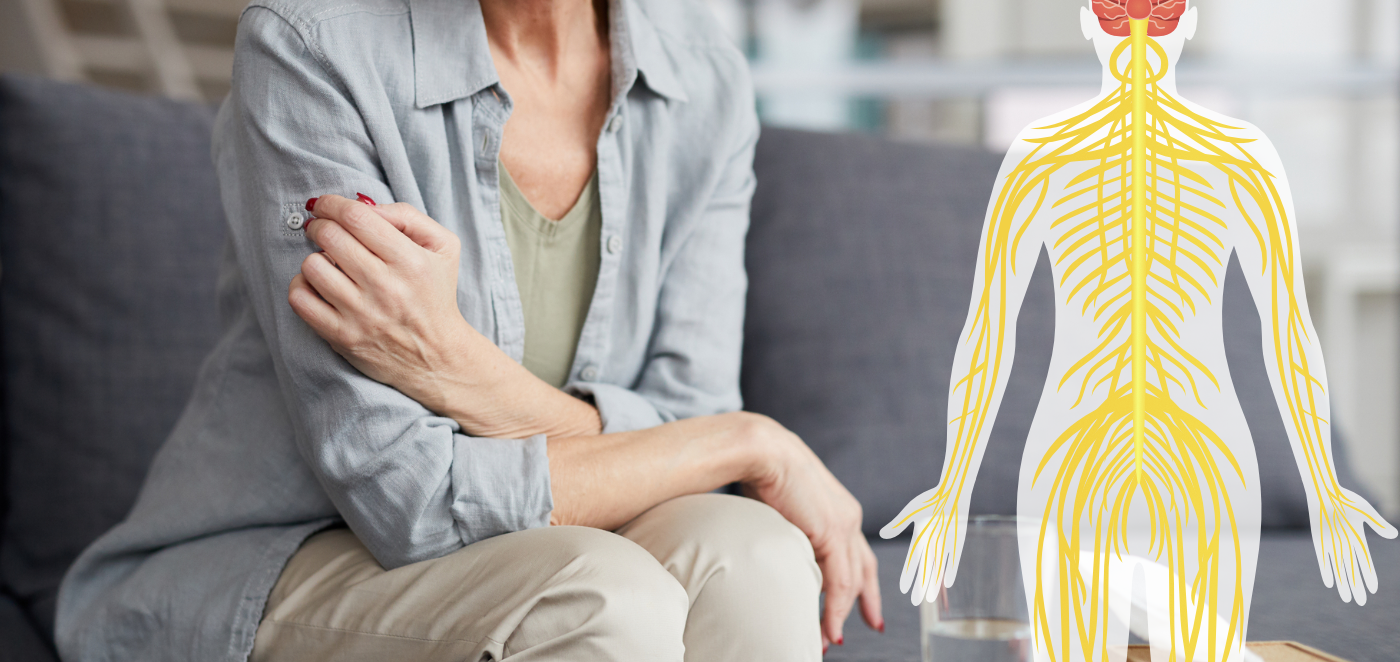
….SOOOOoo… How DID you reroute those ants??? We NEED to know!!!!
xoxoxoxo
🙂 Lots of baby powder, cinnamon and peppermint oil. It was like a little maze over here!
Well I’ll be darned!! ❤️
i LOVE THE IDEA OF BRINGING THE WORLD IN TO YOU THROUGH THE GAZE, RATHER THAN STRAINING TO SEE OUT.
Thanks so much for sharing, Julie!